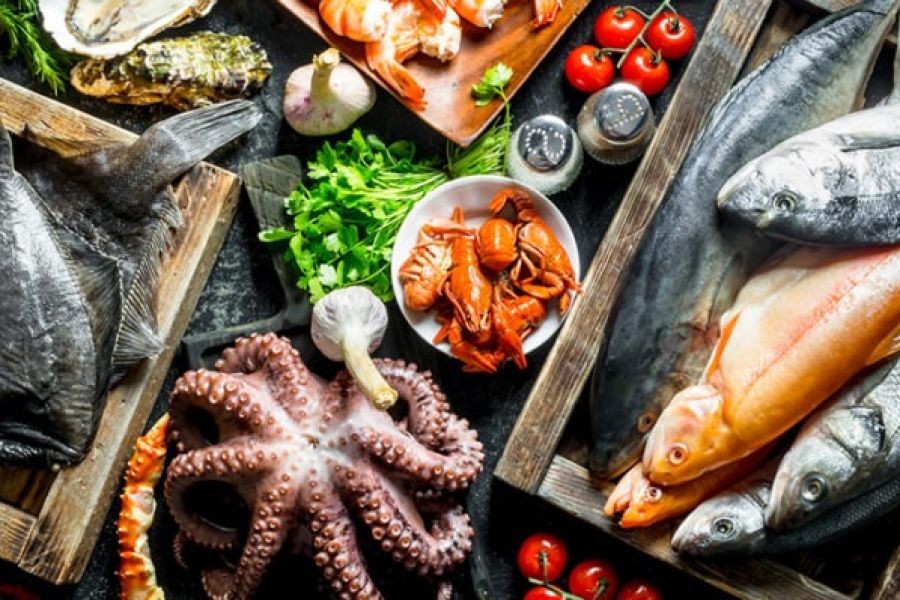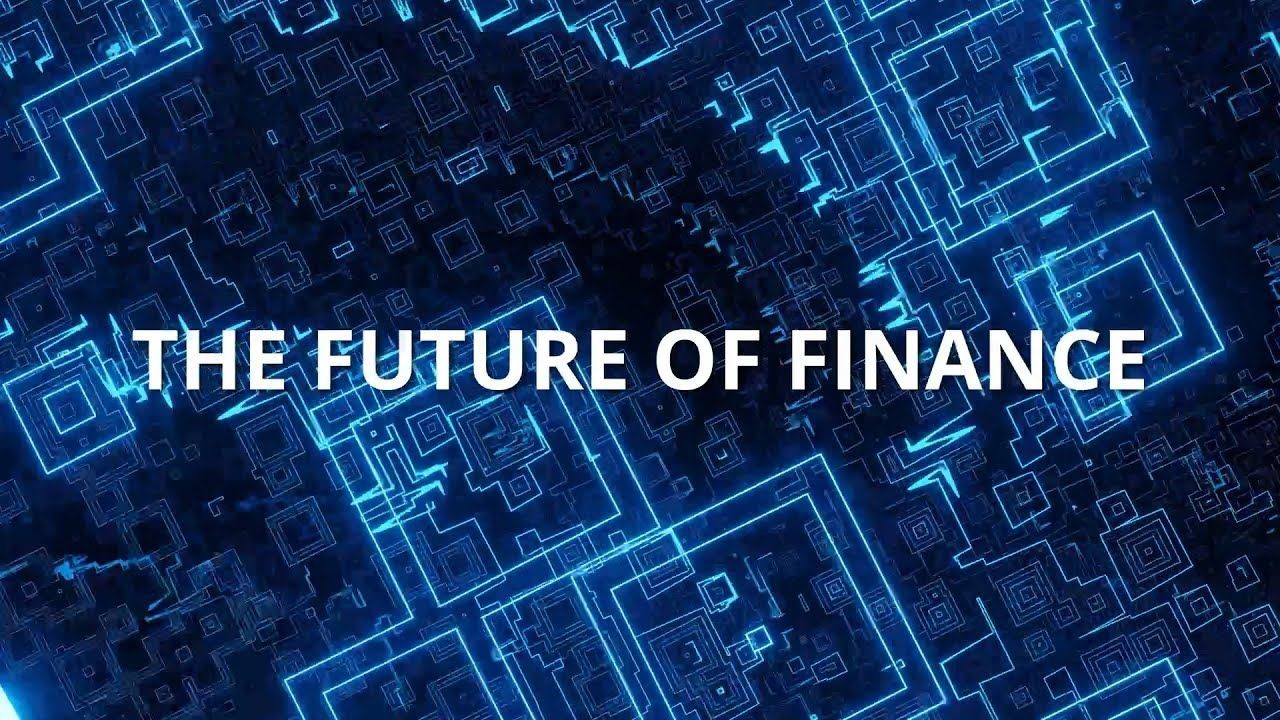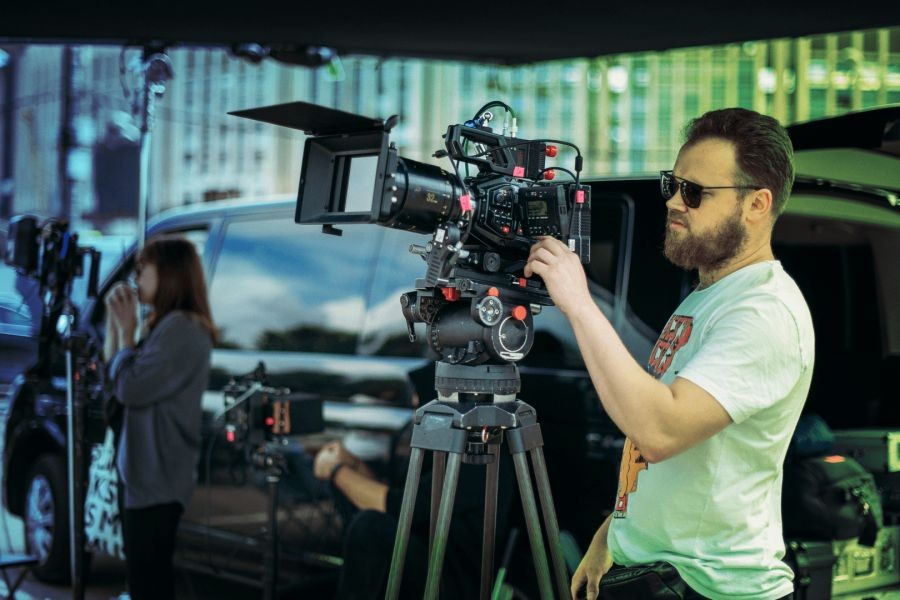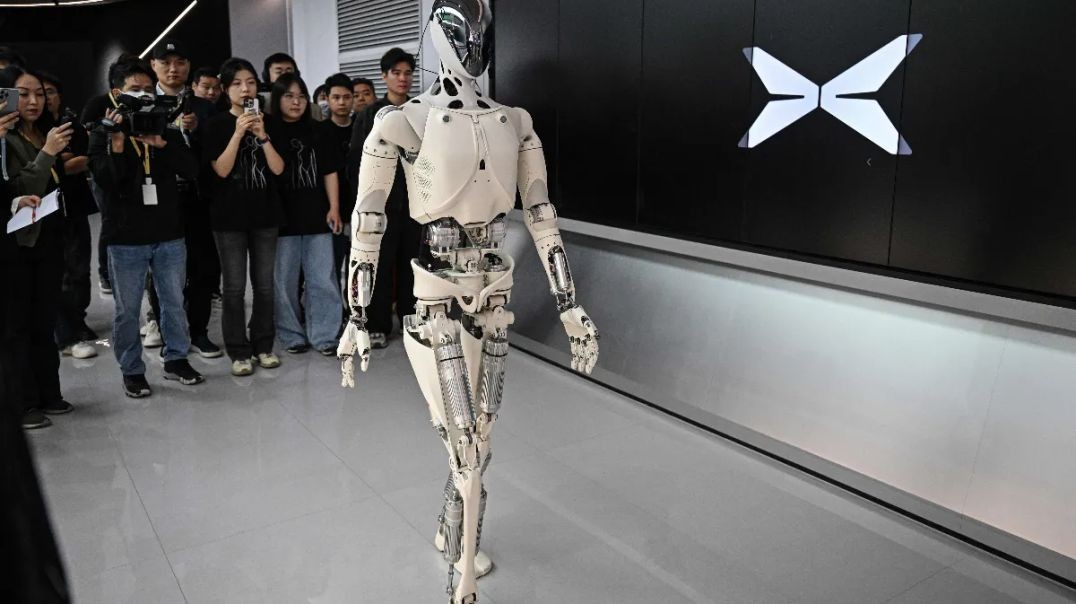Introduction
In the heart of the Pacific, New Zealand's seafood industry has long been a cornerstone of the nation's economy, contributing significantly to its GDP and supporting thousands of jobs. However, this thriving sector faced mounting pressure over the past few decades to address sustainability concerns. With global demand for eco-friendly practices intensifying, New Zealand's response has been nothing short of transformative. This article delves into how the industry redefined its sustainability practices, offering insights and lessons for other sectors grappling with similar challenges.
The Sustainability Challenge
The primary challenge for New Zealand's seafood industry was balancing economic growth with environmental stewardship. Overfishing, habitat destruction, and bycatch were significant concerns. According to a report from the Ministry for Primary Industries (MPI), New Zealand caught approximately 700,000 tonnes of seafood annually. This volume, while economically beneficial, posed risks to marine biodiversity and ecosystem health.
Transformative Solutions and Practices
Addressing these challenges required a multi-faceted approach, integrating policy changes, technological advancements, and industry collaboration.
1. Innovative Quota Management
New Zealand pioneered the Quota Management System (QMS) in 1986, which allocates specific catch limits to prevent overfishing of critical species. This system has been instrumental in maintaining fish stocks at sustainable levels. The QMS is continuously refined based on scientific data, ensuring it remains effective and adaptive to changing environmental conditions.
2. Technological Advancements
Technology has played a crucial role in advancing sustainability. The use of satellite tracking and electronic monitoring systems has improved compliance and transparency. These technologies enable real-time tracking of fishing activities, reducing illegal and unreported fishing. According to Stats NZ, introducing such technologies has led to a 15% reduction in bycatch over the past five years.
3. Industry-Wide Collaboration
Collaboration among stakeholders has been pivotal. The New Zealand Seafood Industry Council (SeaFIC) and other industry bodies have worked closely with the government, scientists, and environmental organizations. This cooperation has facilitated the sharing of best practices and the development of sustainability certifications, enhancing the industry's credibility on the global stage.
Case Study: Sanford Limited – Leading by Example
Problem: Sanford Limited, a major player in New Zealand's seafood sector, faced challenges related to bycatch and habitat impact. The company sought to improve its sustainability footprint while maintaining profitability.
Action: Sanford adopted an innovative approach by investing in selective fishing gear and implementing habitat-friendly practices. The company also partnered with the University of Auckland to research and develop new techniques for reducing bycatch.
Result: Within three years, Sanford reported a 20% reduction in bycatch and a 30% improvement in operational efficiency. These efforts not only enhanced Sanford's reputation but also set a benchmark for other industry players.
Takeaway: Sanford's success underscores the importance of research-driven strategies and industry-academic partnerships in achieving sustainability goals. New Zealand businesses can draw inspiration from Sanford's approach to bolster their own environmental initiatives.
Pros and Cons of Sustainability Initiatives
Pros:
- Improved Reputation: Adopting sustainable practices enhances brand image and attracts environmentally conscious consumers.
- Economic Viability: Sustainable practices can lead to long-term cost savings and open new market opportunities.
- Regulatory Compliance: Staying ahead of environmental regulations reduces legal risks and potential fines.
Cons:
- Initial Costs: Implementing sustainable technologies and practices can require significant upfront investment.
- Complexity: Navigating the transition to sustainability involves managing complex supply chains and operational changes.
- Market Resistance: Some industry players may resist change due to perceived threats to traditional profit models.
Future Trends and Predictions
The future of New Zealand's seafood industry looks promising, with several trends set to shape its sustainability trajectory. According to a forecast by NZTech, the integration of artificial intelligence and machine learning in fisheries management is expected to further optimize resource use, potentially reducing waste by 25% by 2030. Additionally, consumer demand for traceability and transparency is likely to drive the adoption of blockchain technology, ensuring that seafood products are sustainably sourced and ethically harvested.
Conclusion and Call to Action
New Zealand's seafood industry has demonstrated that sustainability and profitability can coexist. By embracing innovation, collaboration, and forward-thinking policies, it has set a standard for industries worldwide. As global environmental pressures mount, the lessons learned from New Zealand's experience can guide other sectors towards a more sustainable future. What steps will your industry take to follow suit? Share your thoughts and join the conversation on sustainable practices!
People Also Ask (FAQ)
- How does New Zealand's seafood industry impact the economy? New Zealand's seafood industry significantly contributes to the national economy, supporting over 13,000 jobs and generating billions in export revenue annually.
- What are the biggest misconceptions about sustainable fishing? A common myth is that sustainable fishing is not economically viable. However, New Zealand's seafood industry shows that sustainability can lead to long-term profitability and market growth.
- What technologies are driving sustainability in New Zealand's seafood industry? Satellite tracking, electronic monitoring, and AI are key technologies driving sustainability, enhancing compliance, and reducing bycatch.
Related Search Queries
- Sustainable seafood practices in New Zealand
- New Zealand seafood industry statistics
- Quota Management System NZ
- Environmental impact of fishing in NZ
- Sanford Limited sustainability initiatives
- Future of aquaculture in New Zealand
- Technological advancements in fishing
- New Zealand seafood export markets
- Marine biodiversity in New Zealand
- Government policies on sustainable fishing in NZ































CharmainJ7
8 months ago